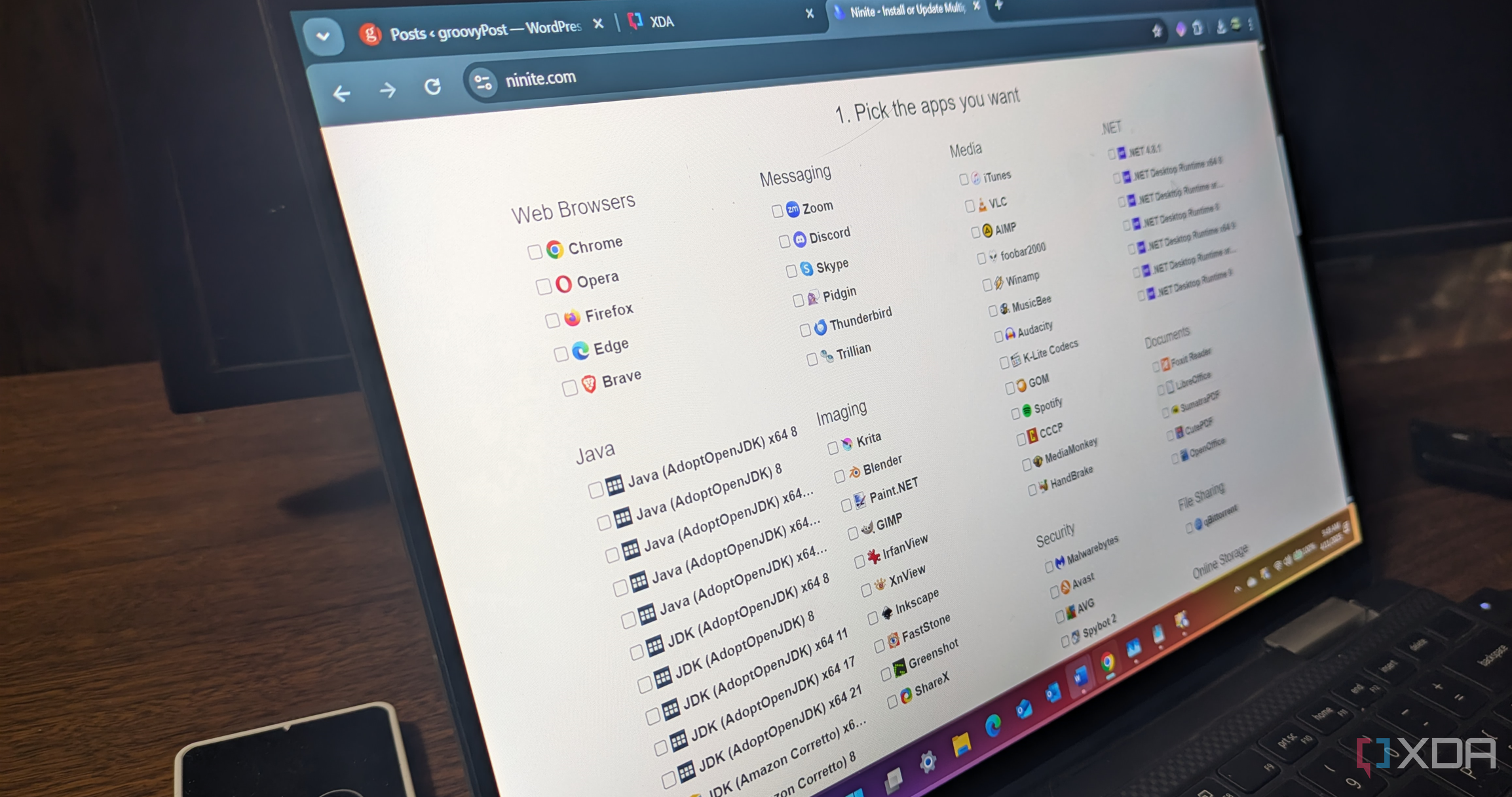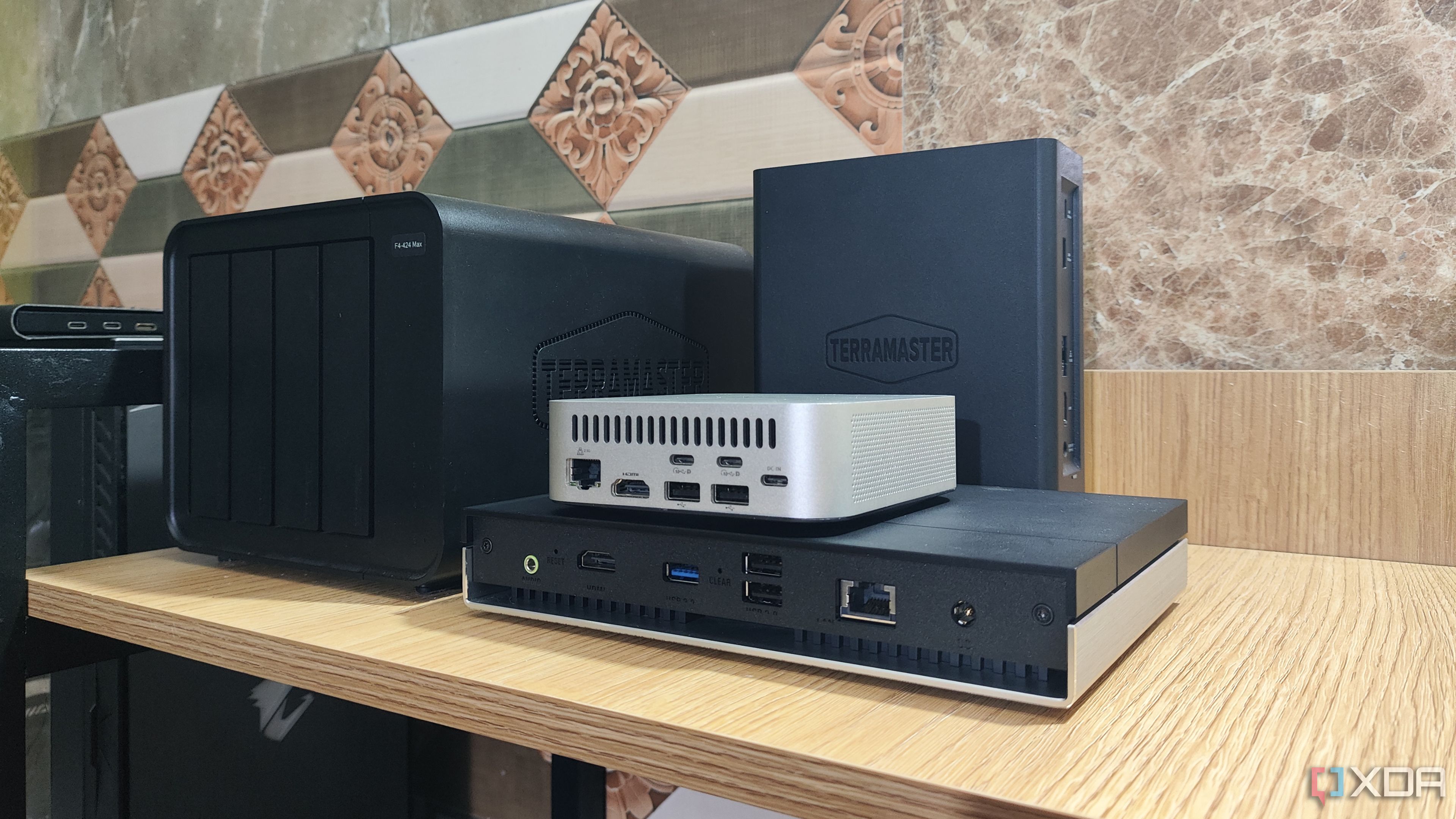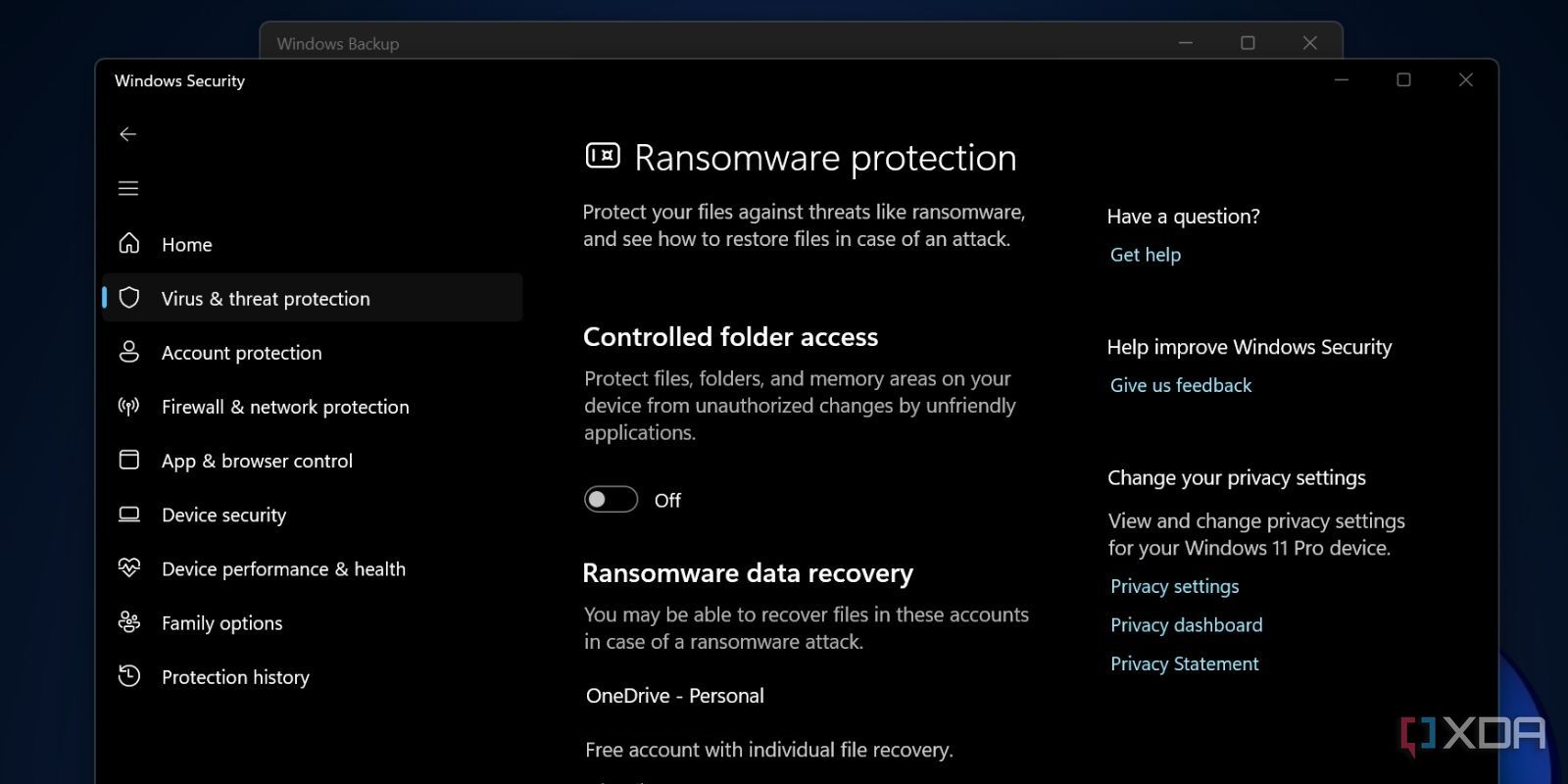Backups help you preserve your data when the main machine encounters a problem, and Windows 11 has multiple tools to help you do that in some form (on-device, external, or cloud). I used Macrium Reflect, a fantastic tool that met most of my needs, but it ended the free tier completely and lacked some trivial backup elements, forcing me to look for options.
Windows 11 slapped a fresh coat of paint on its cloud backup solution and introduced the Windows Backup app. I find it unique as it acts as a center point to preserve all my files on the C drive, installed apps, and even my OS preferences in a simplified manner. It has other useful attributes, like restoring backup while reinstalling Windows, saving my credentials, and being immune to online attacks.

Related
How to use File History to backup your data automatically on Windows
Did you know Windows has a built-in tool to back up your files automatically?
5
Blazing fast setup
Restoring a backup doesn’t need to be exhausting
Restoring a backup doesn’t have to be a lengthy process. With Windows Backup, I can initiate the restore when I boot into the Out of Box Experience (OOBE) setup, which appears after the installer finishes writing the OS files. I don’t have to connect any external USB drives, worry about connection problems, or boot into the BIOS setup and then select the correct disk drive.
Windows Backup is reliable because it focuses on restoring essential settings and personal files. If I reset my PC, I can quickly jump back into the same Windows setup using the Restore this backup option during installation. Thereafter, it depends on your internet connection to transfer all the data from your Microsoft account to your PC. The process will be quick if you use OneDrive for basic work-related file backups (documents, presentations, small videos).
Additionally, I can bring back the same Windows theme, wallpaper, desktop, Start menu pins, and system settings. Installing Windows 11 already takes more than 30 minutes, and setting it up takes half an hour more. But, I save a lot of time because I don’t need to open individual settings to configure them again, as Windows Backup takes care of that.
4
Don’t need to remember passwords
Only remember your Microsoft account credentials
I connect my laptop to multiple wireless connections, like home Wi-Fi, numerous work connections, and friends. Remembering passwords for every web service, account, and wireless connection is difficult. You can manually export passwords before resetting your PC or note them down, but that’s a sheer waste of time, in my opinion. Macrium Reflect doesn’t offer such options; you rarely find them in backup tools.
However, Windows Backup can remember all these connections, passwords, and accounts without requiring an additional program or password-saving utility. Just remember your Microsoft account credentials, and that’s enough to restore all types of credentials on your Windows 11 PC. You can swiftly connect to any wireless network after you boot to the desktop, and don’t need to ask for passwords again.
3
Restores installed apps in one go
Bring back all your Microsoft Store apps
Restoring installed apps is a huge hassle for me whenever I do a clean install or restore an image backup. Third-party backup programs can preserve all the files and folders, but you cannot restore the Microsoft Store apps and games from them. In Windows Backup, enabling the Apps option makes the app reinstallation a one-click affair.
It backs up the complete Microsoft Store app list, and when you boot to the desktop for the first time, you’ll see a prompt to restore all your store apps. Clicking on it will redirect you to the Microsoft Store, where the Restore All button can help you re-download all the apps you used before.
It won’t bring back any apps you installed using a setup file. But you can visit the All apps section in the Start menu, where you’ll see install links underneath each third-party software. There’s no one-click wonder here, and you must install them individually. Package managers for Windows, like Ninite, can download multiple apps simultaneously, but you’ll find the collection very limited.

Related
4 reasons I use Ninite instead of UniGetUI to install open-source apps
UnigetUI is great for experienced users, but when I have a new Windows installation, I use Ninite to get open-source apps.
2
Beginner-friendly design
No more confusing menus and options
Most Windows backup tools, including Macrium Reflect, feel overwhelming to an average Joe. What options should I pick? Which mode will work best? These are the common questions that bug me when I try to navigate any backup tool. Window Backup adopts a simple approach with a UI that matches the OS.
At a single glance, you can access and select the backup items and their sub-options. Each option has a simple explanation; you don’t need to click many checkboxes or navigate multiple sub-pages. Pick the items you want to back up (I suggest selecting everything) and then click Continue. After that, the backup process begins, which uploads your data to Microsoft servers.
1
Data Safety
Protect files from Ransomware attacks
If your backup tool adopts a cloud storage approach, it must be reliable and transparent about managing and safeguarding your data from external threats. Windows Backup saves all the data to your Microsoft account and uses OneDrive to store the files. All these rely on robust security mechanisms, and your data isn’t shared anywhere.
Like Macrium Reflect, Microsoft bundles Ransomware protection with Windows Backup. All the OneDrive files are secure from such attacks, a huge relief for important files usually stored in the Libraries folders. Even if your PC suffers an attack, you can restore your personal files.

Related
Worried about ransomware? Configure automated backups for peace of mind
Take some weight off your shoulders by automating your backup tasks
What can Microsoft improve in the future?
The Windows Backup app is good, but it has a few shortcomings. The first issue is the inability to restore third-party apps — an important aspect of a backup tool. You can click on individual apps to download them, but a one-click approach to restore apps like Microsoft Store apps would be miles better.
There’s one more issue worth mentioning, which is the limited cloud storage space. You must be frugal with what to save on OneDrive, as 5GB storage fills up fast. I don’t recommend using a personal PC to save work files, and you can use different accounts to get more space. Avoid saving huge download files and move them to other drives manually. By doing so, you can squeeze out the maximum potential of this free Windows backup tool.















